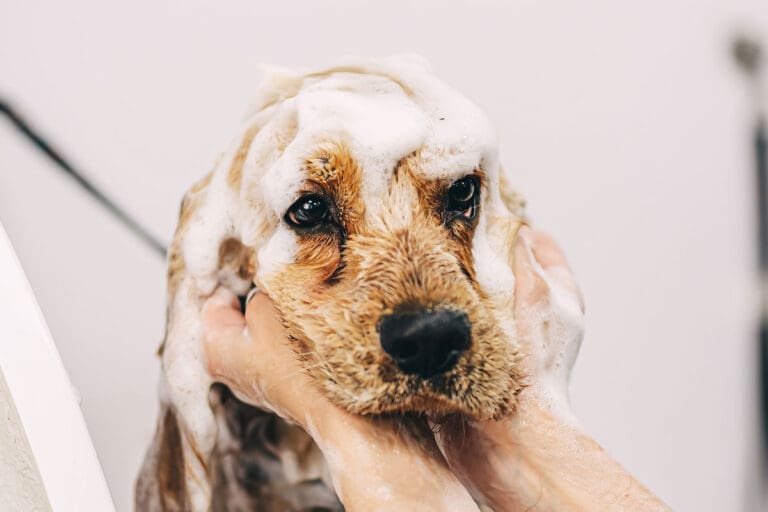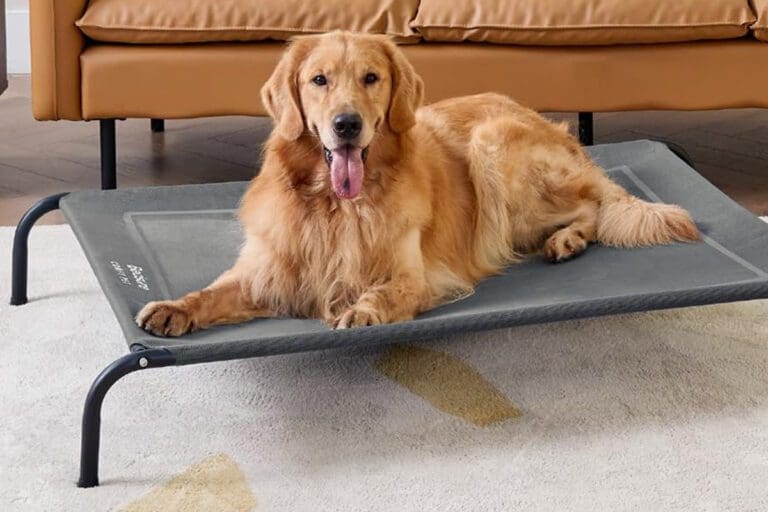Bringing a new puppy into your home is an exciting and joyful journey. However, there are responsibilities and essential safety precautions to prevent accidents with your new furry friend.
Taking these ten essential steps before bringing your new puppy home sets the stage for a happy, healthy, and harmonious life together. With careful preparation, love, and patience, you’ll create memories with your four-legged family member to be cherished forever.
1. Research Compatible Breeds
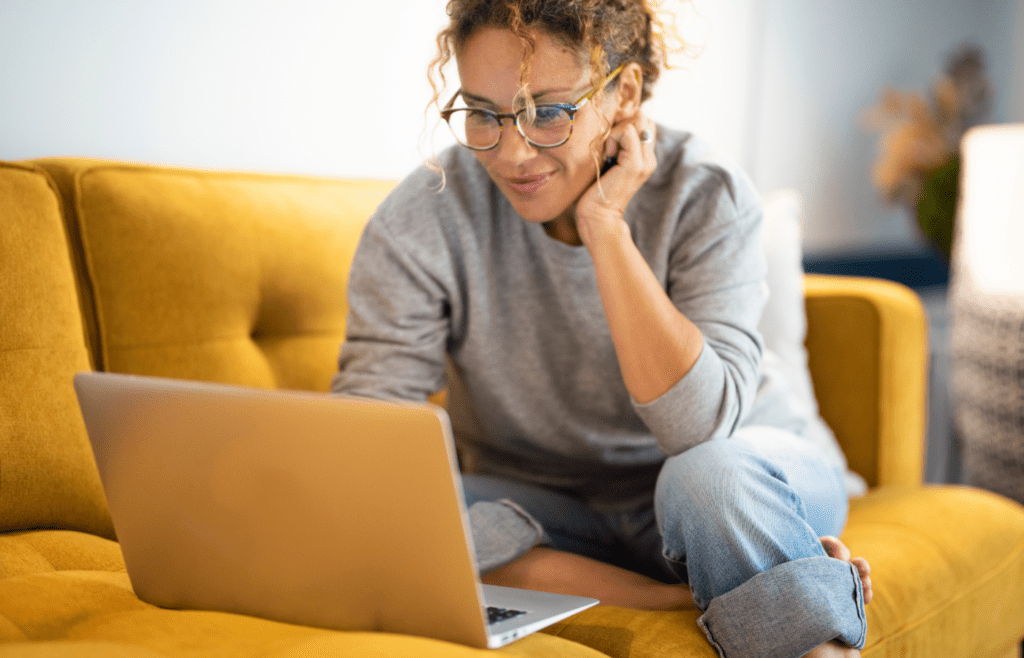
Before bringing your new baby home, do some research to choose a breed that fits your lifestyle and family. Some breeds are more active, while some are better suited for apartments. Next, do research and check references to find a reputable breeder.
Once you have identified a breed and a breeder, meet the puppy in person. Spend enough time to see their personality and temperament and ensure this dog fits your family well.
2. Puppy-Proof Your Space
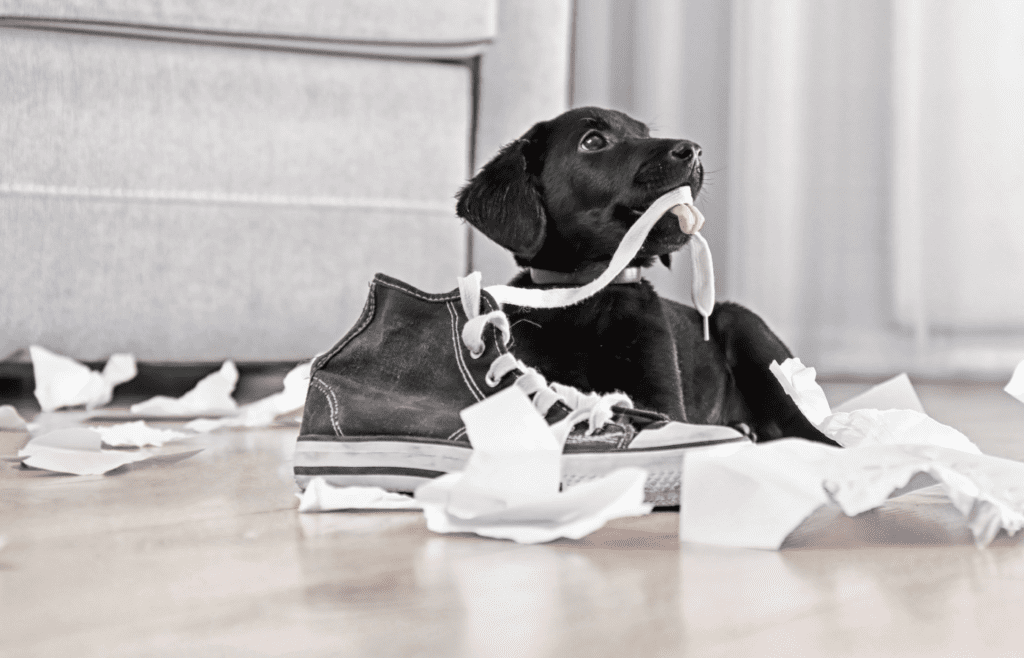
Puppies are naturally curious and love to explore, which means they’ll investigate every nook and cranny of your home. Take a walk through your living space from a puppy’s perspective to identify potential hazards.
Puppies also love to chew. Ensure your home is safe for them by ensuring any potential hazards — such as cords, small objects, cleaning supplies, and toxic plants — are out of reach. Consider using baby gates to restrict access to certain rooms or areas until your pup learns the ropes.
3. Gather Essential Supplies
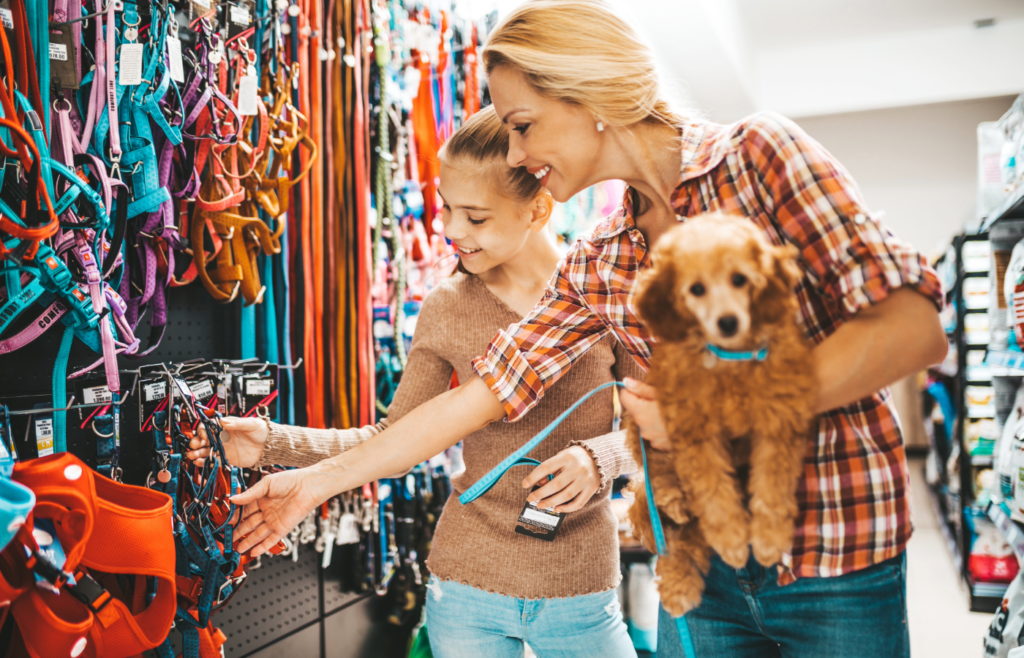
Before your new furry friend arrives, have all the essentials ready. These items will help your puppy settle in comfortably and feel at home from day one.
Essential supplies include a crate, a bed, food and water bowls, high-quality puppy food, a collar with an ID tag, a leash, a harness for larger/stronger dogs, poop bags, appropriate toys, and a first aid kit.
4. Introduce Them to Their Crate
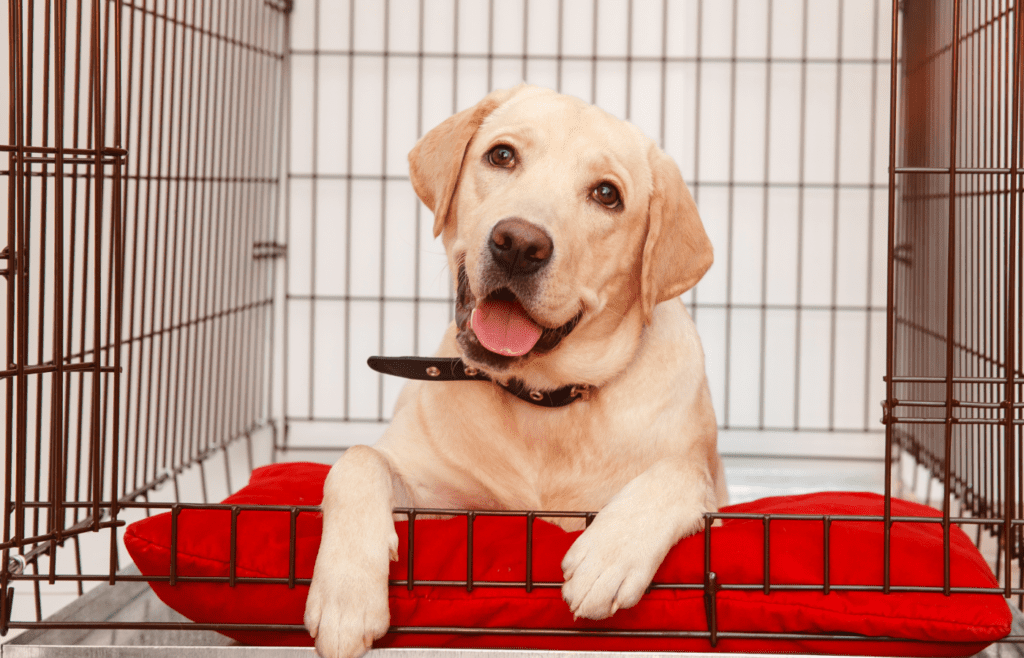
A crate can become your puppy’s safe space and aid in house training. Choose an appropriate size crate that is big enough for them to stand up, turn around, and lie down comfortably.
Start by making the crate inviting with soft bedding and treats. Use positive reinforcement to help your puppy associate the crate with positive experiences, making it a place they’ll willingly retreat to.
5. Set Up a Cozy Space
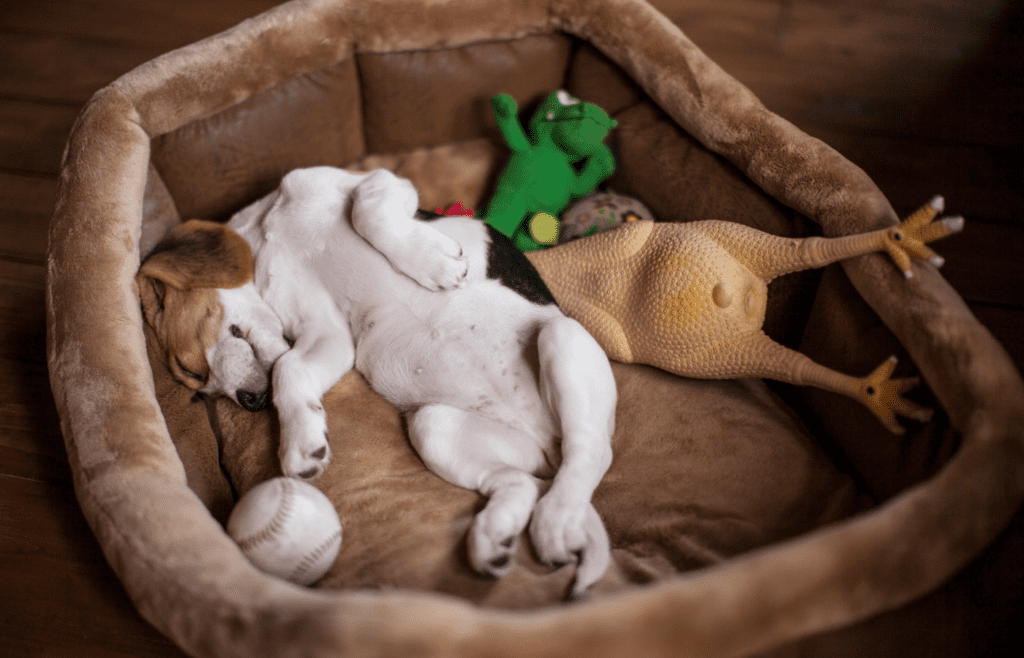
Besides their crate, your little guy will need a designated area to call their own. Create a cozy spot with a comfortable bed and a few soft toys. You may also want to put up an indoor dog gate or pen to confine them to the area.
A designated space will give your puppy a haven and help prevent them from getting into mischief when you’re not around. A well-defined space can also assist with potty training, as puppies prefer not to soil their sleeping areas.
6. Create a Potty Plan
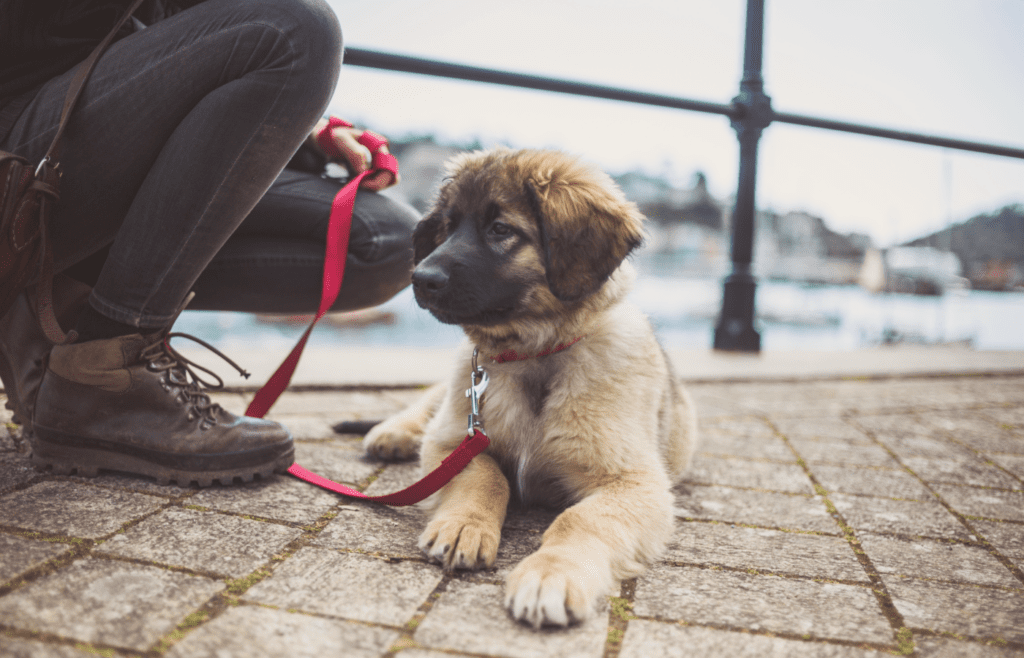
Potty training is a crucial aspect of welcoming a puppy into your home. Decide on a designated outdoor potty area and establish a routine for bathroom breaks. Consistency is vital to successful potty training. Puppies will have accidents in the house, especially in the beginning. Be prepared to clean up messes and be patient with your puppy.
Remember, puppies have small bladders, so frequent trips outside are necessary, especially after meals, naps, and playtime. In the early stages, be prepared to wake up and take your puppy to urinate once or twice overnight. So expect some sleepless hours.
7. Create a Feeding Schedule
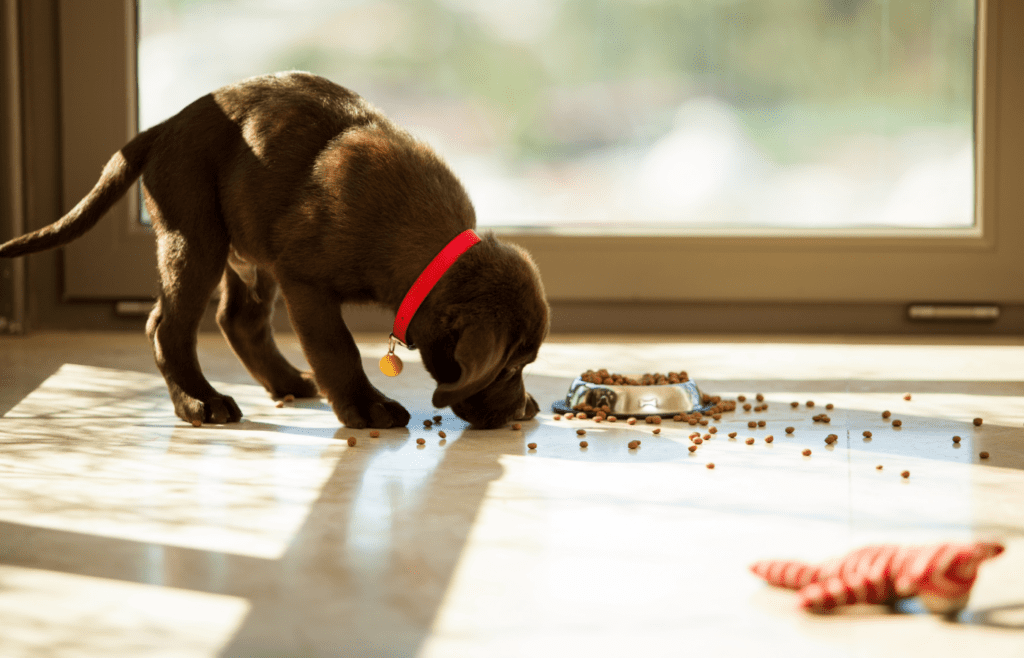
A consistent feeding schedule helps regulate your puppy’s digestion and potty habits. Puppies usually require several small meals a day.
Consult with your vet to determine the appropriate amount and frequency of feedings based on your pup’s age, size, and breed.
8. Socialization: Child and Pet Introductions
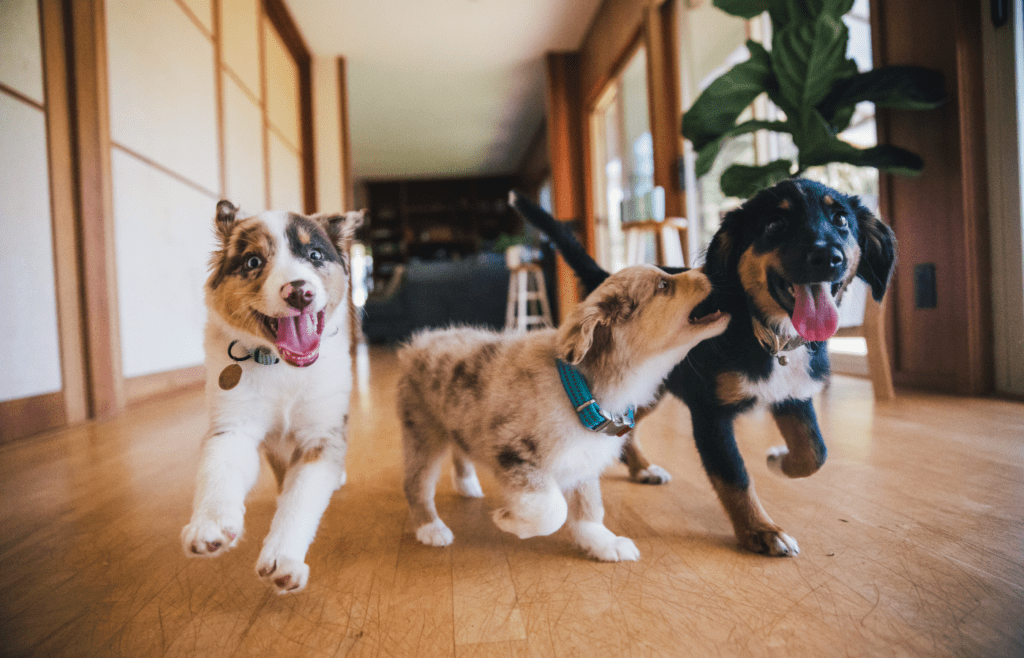
Puppies need to be socialized to different people, places, and animals – it’s a critical part of raising a well-adjusted dog. Such exposure helps them develop confidence and good behavior.
If you have children or other pets at home, gradually introduce them to the new puppy. Supervise these interactions to ensure a positive experience for everyone involved. Teach children how to interact gently and respect the pup’s boundaries.
9. Choose a Vet and Schedule a Checkup
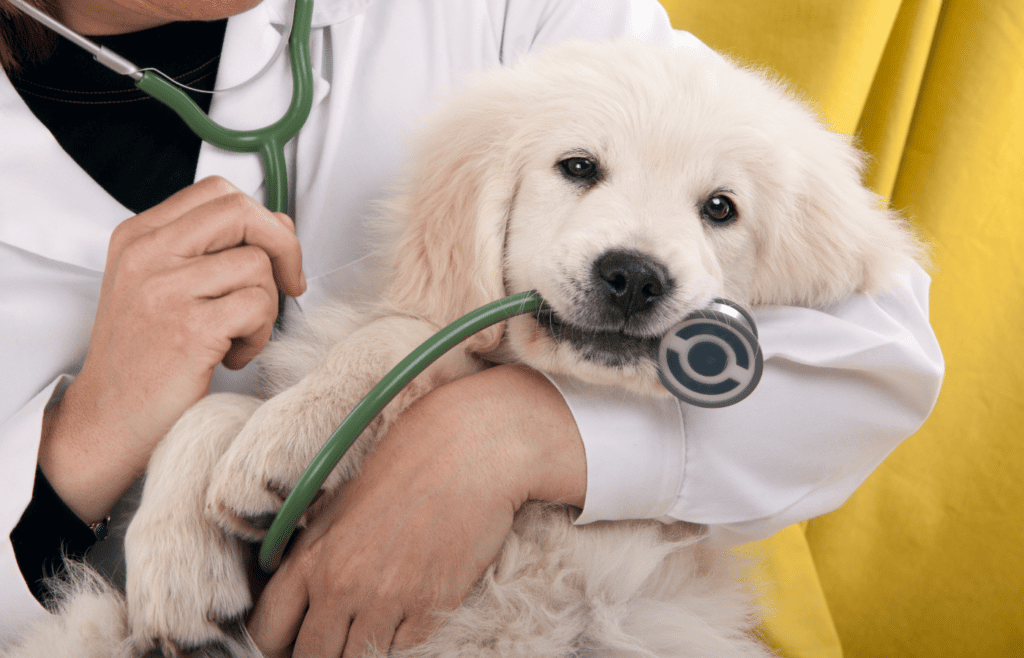
Your puppy’s health is a top priority, so find a reputable veterinarian and schedule a checkup for your new arrival. Your puppy will need to see the vet for a checkup and vaccinations as soon as possible.
During this first visit, you can discuss ongoing vaccinations and preventative care and address any initial concerns you may have. Having a trusted vet on hand will give you peace of mind as you embark on this new journey together.
10. Stock Up on Patience and Love
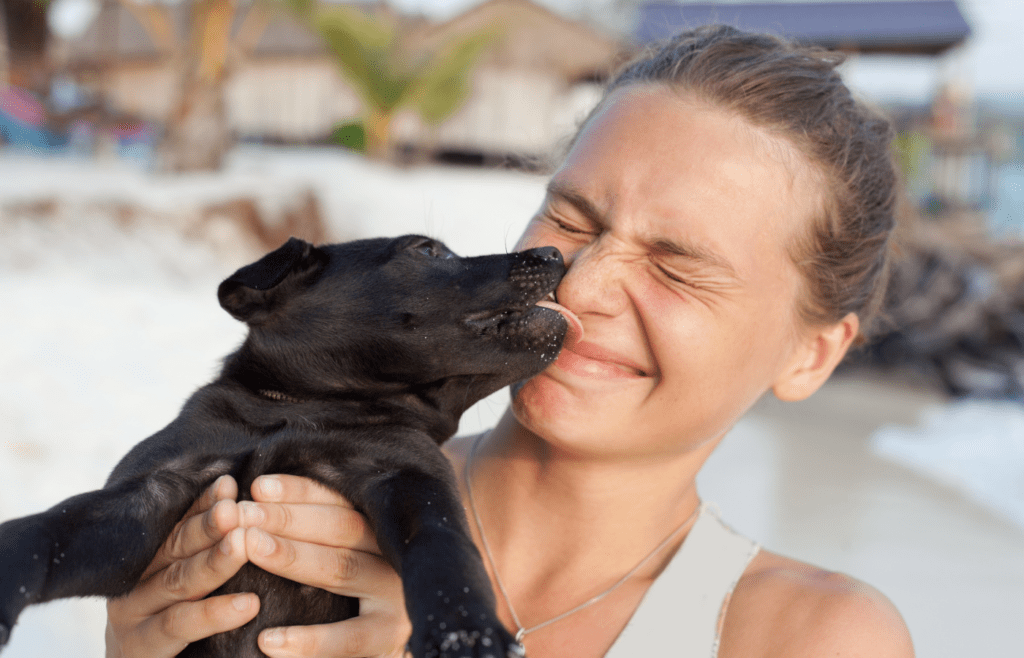
Last but certainly not least, remember that bringing a puppy into your home is an adjustment for both you and your family, as well as the dog. Be patient and understanding as your new furry friend adjusts to their new surroundings.
Accidents will happen. Don’t leave your puppy alone for long periods. Puppies can get bored and destructive if left alone for too long, and your puppy is likely to chew on whatever they can find. Shower your pup with affection, positive reinforcement, and plenty of playtime to build a strong bond that will last a lifetime.
Read More: How to Introduce a New Puppy to Other Family Dogs
Additional Helpful Tips
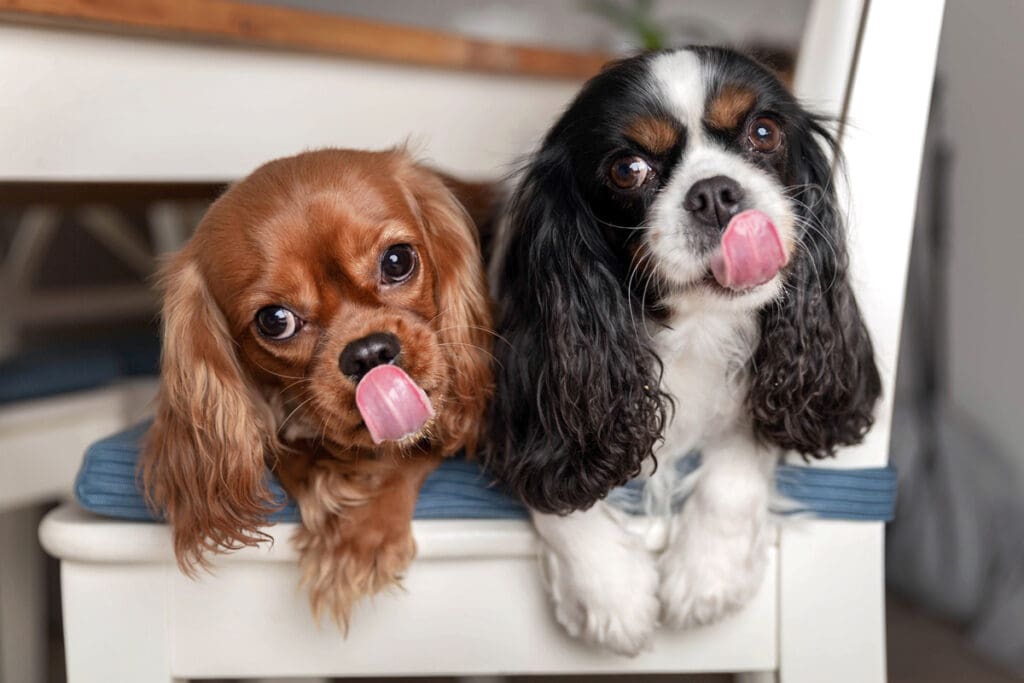
- Start training your puppy right away, as puppies learn quickly. Puppy training classes can help your dog learn essential obedience that helps control them, improve the safety of your pet and others, and can help them learn how to walk on a leash. Consistency in training is crucial.
- Take your puppy on short walks around your neighborhood when they are old enough. This will help them get used to their surroundings and reinforce leash training.
- Playdates with other dogs can be valuable opportunities for your pup to socialize, grow, and become well-rounded.
Bringing a new dog home is a big responsibility, but it’s also a lot of fun. By following the above recommendations, you can set your puppy up for success and enjoy a long and happy relationship together. Have fun with your new puppy! They are a bundle of joy and will bring you years of happiness.
Read More: New Puppy Housetraining Tips


